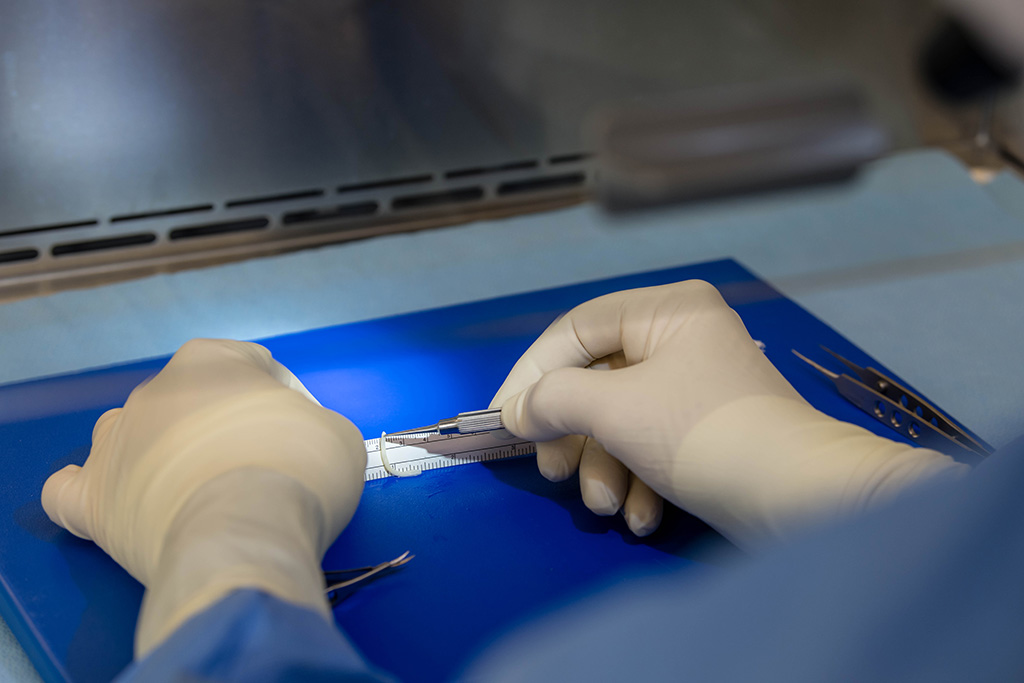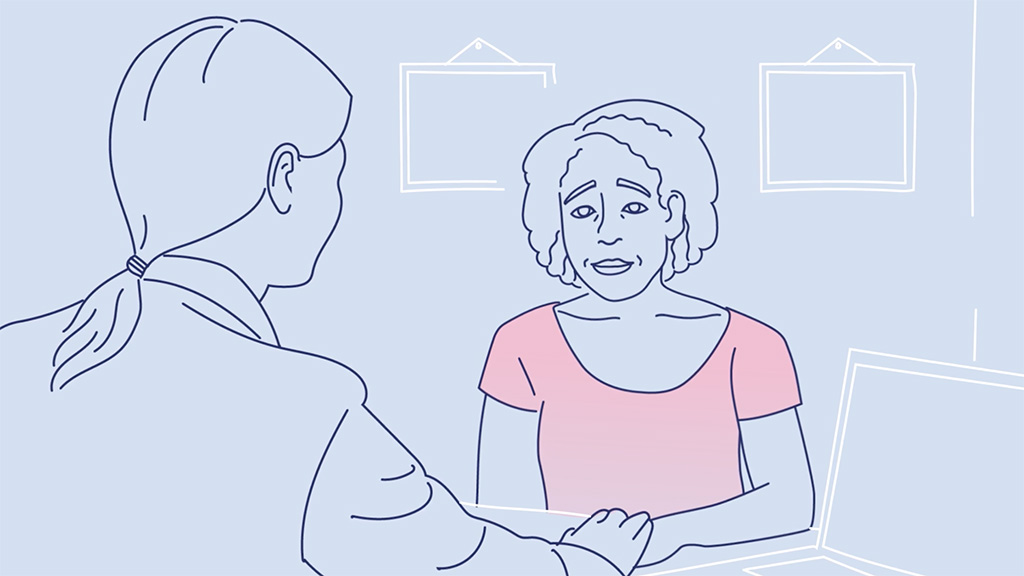In the wake of Breast Cancer Awareness Month, Axogen has expanded the scope of a campaign to raise awareness about a side effect of mastectomies.
Typically patients lose feeling following the procedure. This raises safety concerns, as a woman’s chest may cover 10% to 13% of the total surface area of her body. After surgery, individuals may no longer be able to feel, for example, the heat of an object that could cause burns.
For many women who have undergone mastectomies, the restoration of sensation — Axogen markets the Resensation surgical technique — is an essential part of recovery. It directly impacts their quality of life: The cascade of water rushing over their bodies or the warmth of a child’s embrace are sensations that many breast cancer survivors miss. The Resensation surgical procedure uses a nerve graft to connect the nerves in a patient’s chest with ones in the flap tissue that covers her implant.

The campaign has two primary goals: Educating breast cancer patients about the likelihood that sensation will be lost during and following a mastectomy, and introducing them to the Resensation procedure itself. Axogen is attempting to achieve these goals via the sharing of patient testimonials that incorporate perspective from their surgeons.
The campaign’s six testimonials to date are marked by a plainspoken tone, with patients conveying in plain language what the loss of sensation is like and preparing others for a long recovery process.
“The testimonials try to explain the problem in everyday terminology. For women, it can feel overwhelming if the language is clinical and hard to understand,” said Axogen director of patient marketing Anna Lane. “Using analogies — like comparing the loss of sensation to dental numbness — and explaining how it can impact their life makes it resonate more.
Producing the testimonials was just the beginning, as Axogen needed to get them in front of patients.
“We have a website presence and a significant digital strategy of targeting audiences that may be facing a mastectomy or have a genetic predisposition for cancer,” said Axogen director of market development Emily Hansen, adding that “there’s also a fair amount of PR and media.”

Lane noted that the brand team is focused on sharing educational materials on post-mastectomy numbness with advocacy groups. “We have noticed there is a gap there in terms of what you can expect after surgery,” she said. Axogen’s goal is to fill that gap with advice and empathy from survivors.
Meanwhile, the campaign subtly addresses another reality: That while breast-cancer patients are women, the majority of surgeons are men.
“Male surgeons can recreate a really natural, beautiful looking breast. But if it doesn’t feel like anything to the patient and is just a numb breast mound, there’s a lack of connection to it,” Lane explained. “That’s another reason to have patients tell their own stories, to show how important sensation is after mastectomy.”
Around 65 U.S. surgeons are included in the Resensation physician locator. Axogen is actively trying to increase that number as well as overall geographical coverage.







